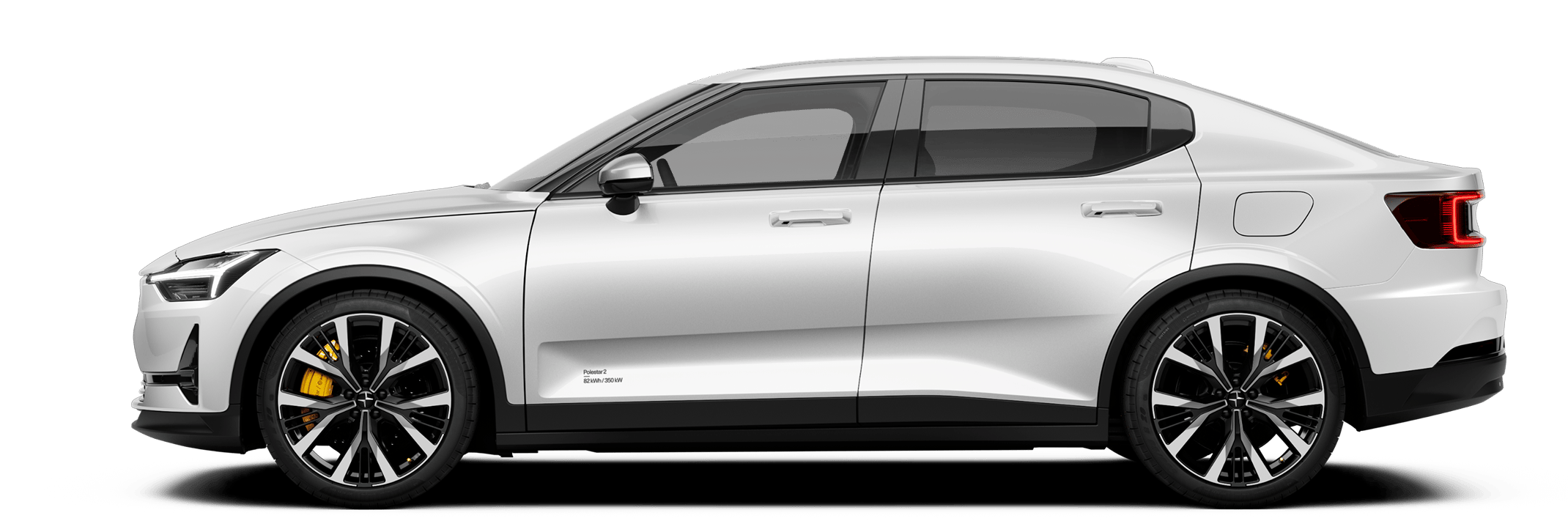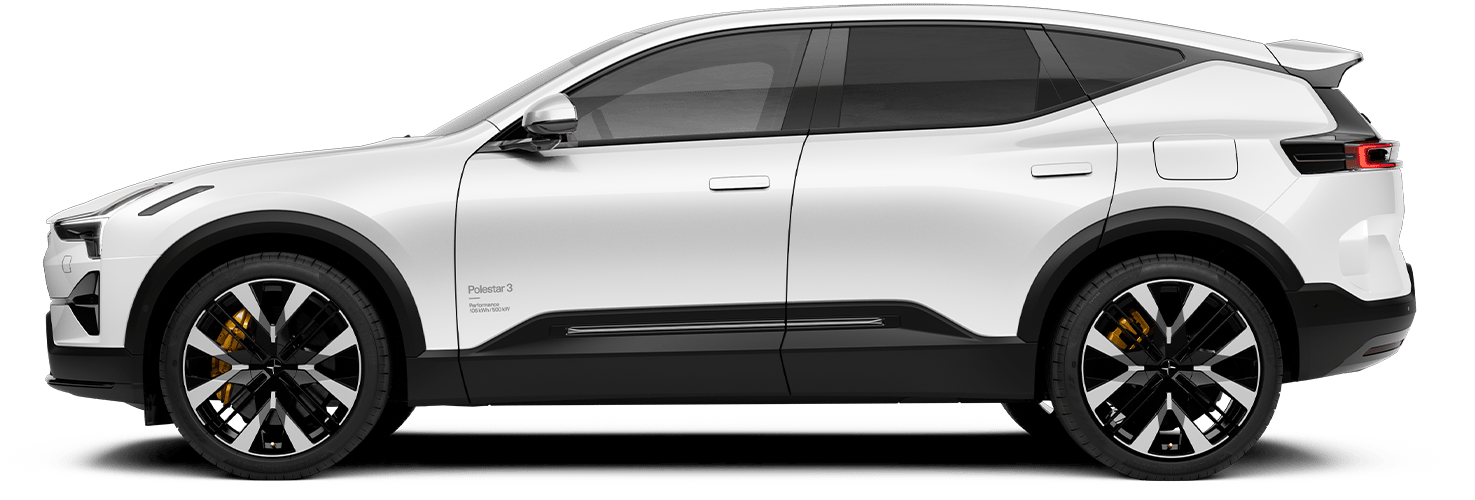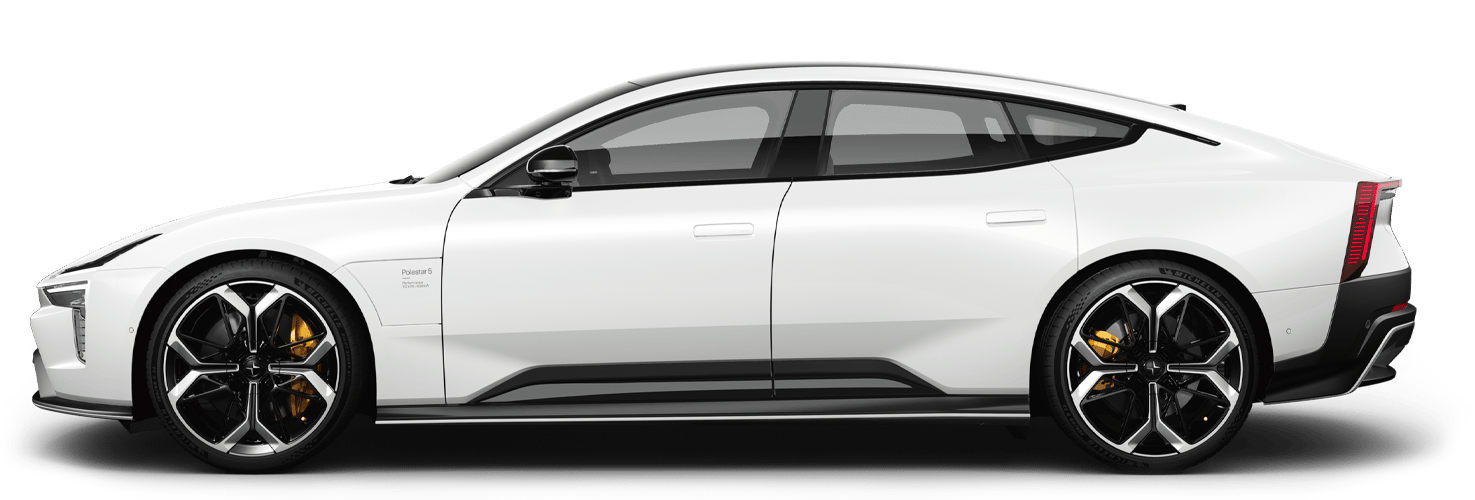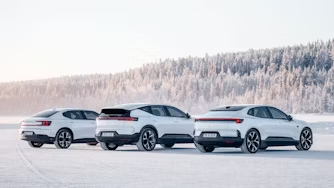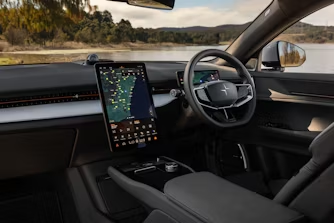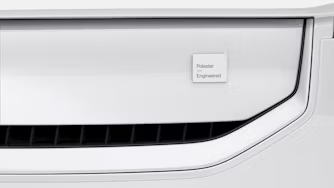So, you want to drive your Polestar like the professionals?
For over a century, the art of driving fast has been studied, practised, adjusted, messed with, and endlessly debated in the pursuit of perfection. But that was under the lens of the internal combustion engine. With Polestar's speciality lying in high-performance electric vehicles, we spoke with our Head of Chassis Development, Joakim Rydholm, to find out what it takes to drive an EV like a professional.
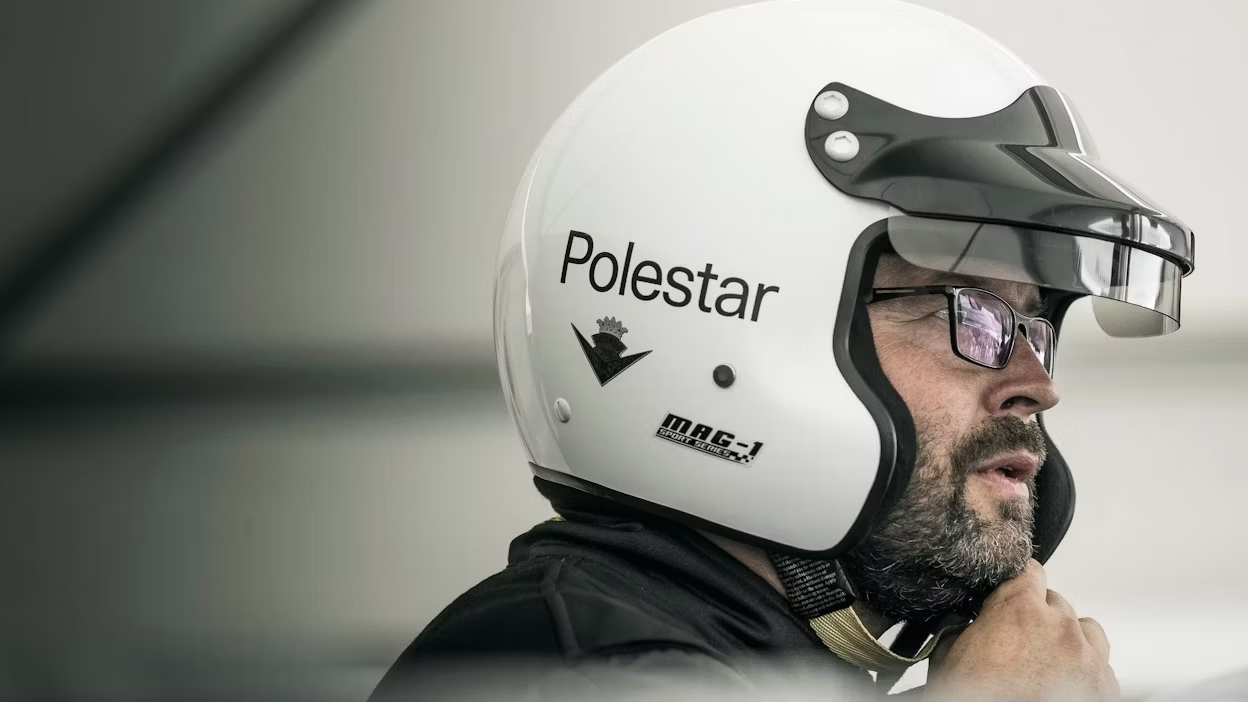
Let's get some misconceptions out of the way. We all know EVs are unique machines. They keep their batteries low in the vehicle. There's no big heavy petrol or diesel motor up front (or in the rear). And as you drive them, they don't get lighter from fuel depletion. For some, that means an EV can't be driven quickly - or that it won't be much fun. But this couldn't be further from the truth.
With preliminary data showing Polestar 4 has up to 400kW (544hp), 686 nm of torque, and can manage 0-100 km/h in 3.8 seconds, the idea that you won't be entertained purely on power alone is an odd one. Throw in years of experience creating fast, fun cars for both road and track, and the notion that EVs can't be fun becomes a little silly.
It's fair to have questions about how to get the most out of your Polestar, and luckily Joakim has plenty of experience pushing them as far as possible. "First of all, I'll say you drive an EV or ICE car in the same way. But you have to pay attention to different things."
Keeping your wits about you is always a good idea, but what do you need to keep an eye on in an EV? "Electric cars have plenty of torque from zero to maximum speed. You don't have any turbo lag or anything like that to think about. That means you don't need to prepare for turbo boost or anything. It's very simple and direct communication with the car. When you drive a combustion engine car, you push the gas pedal, and then you have to wait a tenth of a second or longer until you get some torque."
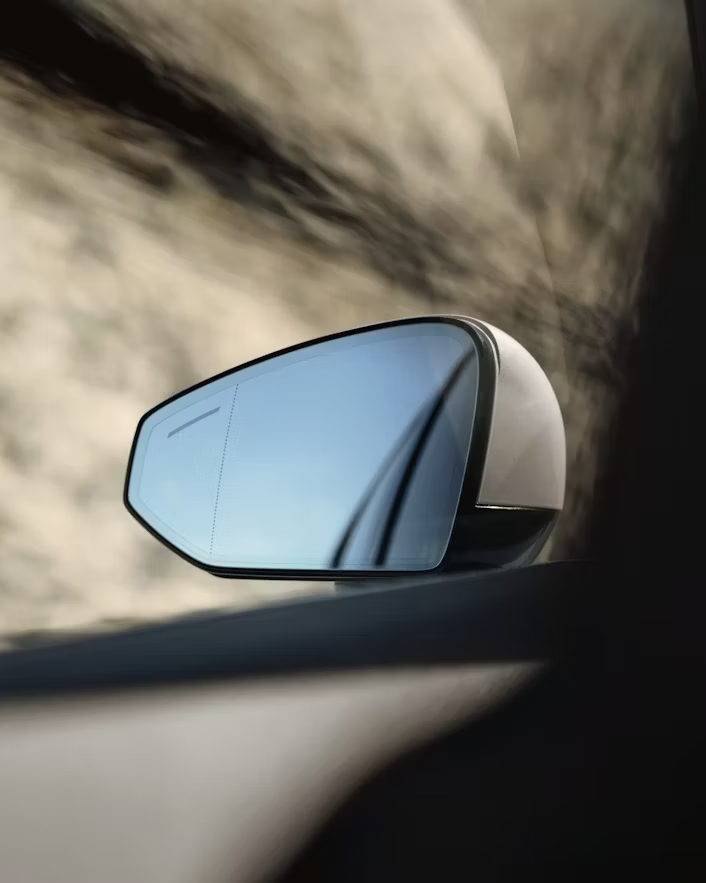
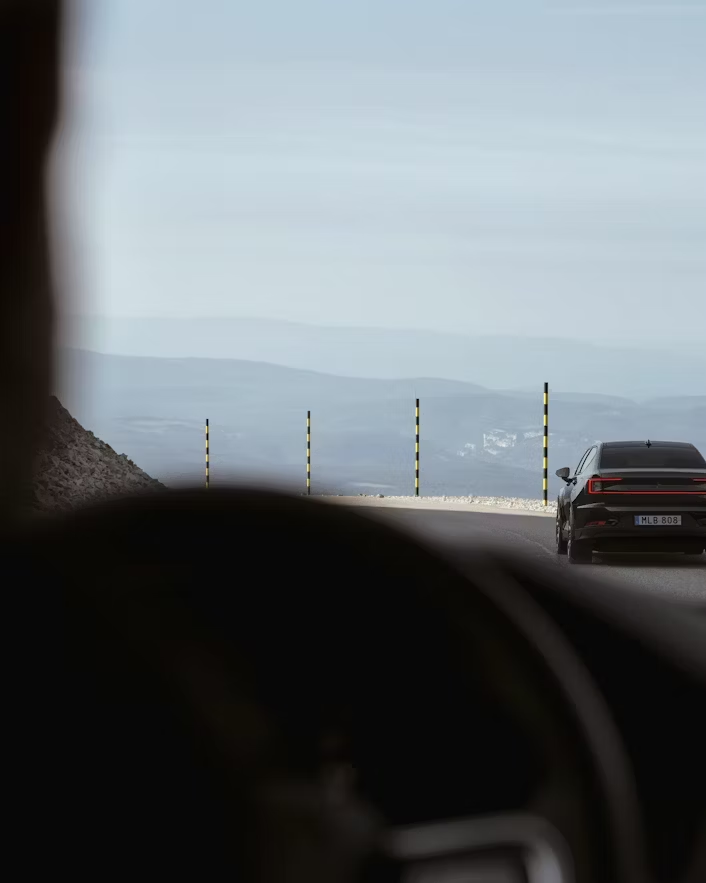
A lot of people brake too late because the speed is amazing. There is no engine sound, just incredible speed.
Getting the basics right
Not having to wait or anticipate what's about to happen - something that can catch the uninitiated out - means you can be direct, and, in a way, analogue with your inputs to the car. One pedal instantly gives you speed, another wipes it off (while handily feeding energy back into the battery). This, says Rydholm, gives you more precision than you'd get from a fossil fuel-powered vehicle.
"When you have direct torque, you can set the car to the limit of grip in a corner and keep it there because you can adjust the throttle and enjoy direct feedback. In a combustion engine car, there's a gamble: 'Should I push it a bit more? How much more should I push it?' If you go too far and slide the car out of the bend, you lose speed."
When it comes to weight, Rydholm is refreshingly honest. “EVs are heavy,” he says. This sometimes requires some extra thinking to get around: "It's so important, when you drive electric cars, that you brake in time. A lot of people brake too late because the speed is amazing. There is no engine sound, just incredible speed. But then they realise - 'Oh, no! I'm carrying more weight; I should have braked earlier!' and then they miss their apex." It's the same as jumping from a small, rear-drive, light two-seater into a bigger four-seat, all-wheel drive car. The two cars, while able to get around briskly, require different braking and acceleration inputs to get the best out of them.
But the default extra weight a Polestar carries can be used to the car's advantage. Its battery pack sits beneath the cabin, allowing for even weight distribution and a low centre of gravity. "That also improves the car's handling. You know, with every racing car, we try to put the weight as low as possible. The weight is between the front and rear axles, which is good for weight distribution," says Rydholm. He adds that the battery pack, which is immensely strong thanks to crash regulations, has the added bonus of making the car torsionally rigid. Simply put, the car's cornering is greatly improved because of its additional low-down weight.
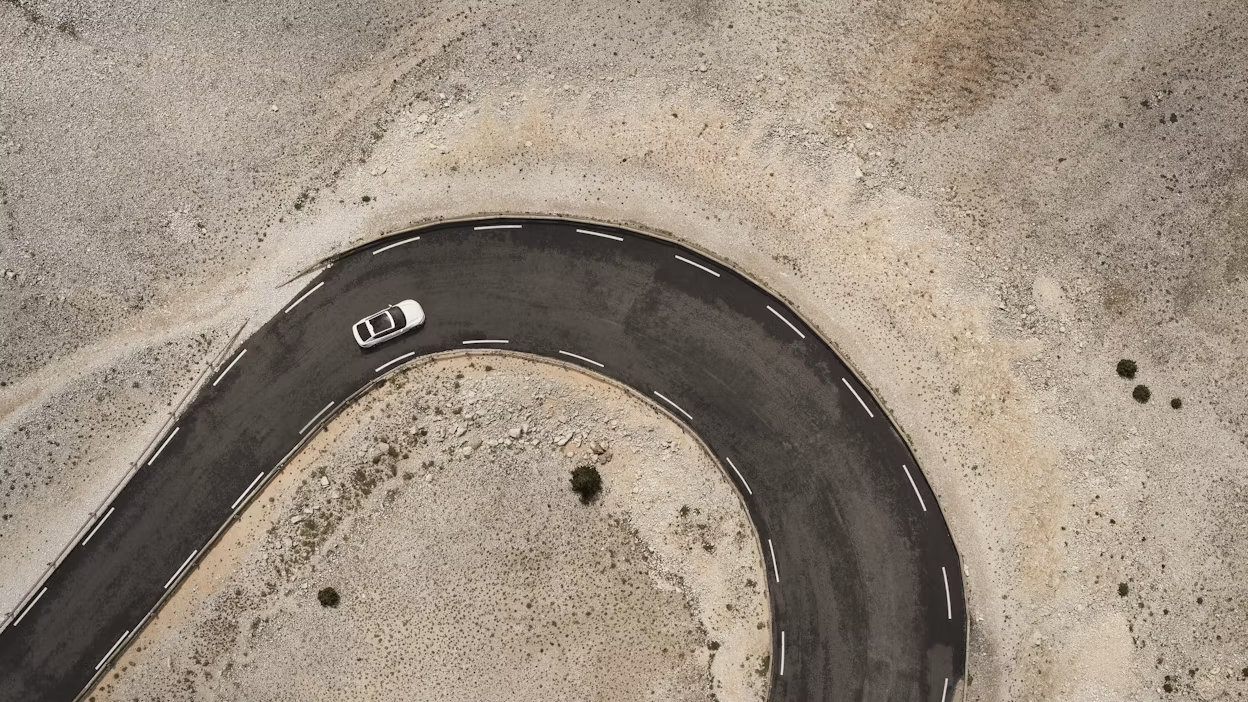
Cornering is king
For fast driving, cornering is king. You can have all the power in the world, but you don't stand a chance if you don't get your corners right. Here, it's important to have the right kind of dampers to keep your tyres in perfect contact with the ground - too soft, and the car will wallow, losing speed; too hard, and the ride can get rough. In Polestar 2, Ryholm proudly states that drivers of cars with the Performance Pack can soften or stiffen their ride by adjusting their Öhlins dampers (the gold standard). When it comes to Polestar 3 and 4, the cars come with adaptive dampers, which can be adjusted either at the push of a button as well as react to the driver's inputs.
The Polestar lineup, no matter which you choose, comes with impressive amounts of power. But power is only half of the story. Rydholm knows that having power in the right place is key to fast driving. Luckily for Polestar drivers, your vehicle knows this too: "When the driver turns the steering wheel, the car calculates how it should distribute torque between the front and rear axles to support the driver in doing what they want to do." The car has your back. In the case of Polestar 3 and its torque vectoring with dual clutches, this is taken a step further on the rear axle, allowing up to 100% torque to either rear wheel.
Rydholm's final piece of advice is something any driver can use, and it's a pretty good rule for life: "Take your time." Understand your car, the road or track you're on, braking points, acceleration points, and how the car feels under different conditions. Taking the time to learn your surroundings will give you the knowledge to have as much fun as you like.
Just make sure the ICE drivers can see your grin as you overtake them.
Words by: Alex Goy
Be responsible
Exploring the full breadth of what your car can do is a perfect way to broaden your skill set behind the wheel - and to become a better driver overall. Better drivers are safer drivers, which means everyone benefits. We always suggest learning how to get the most out of your car in a safe and responsible manner.
